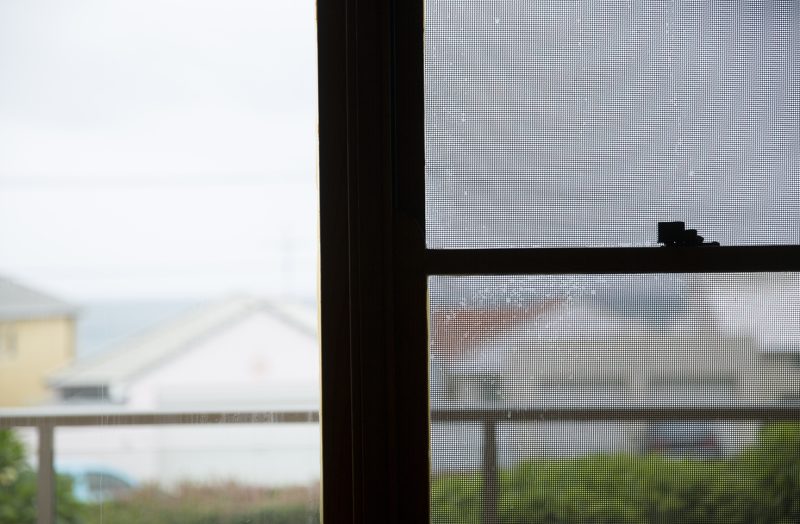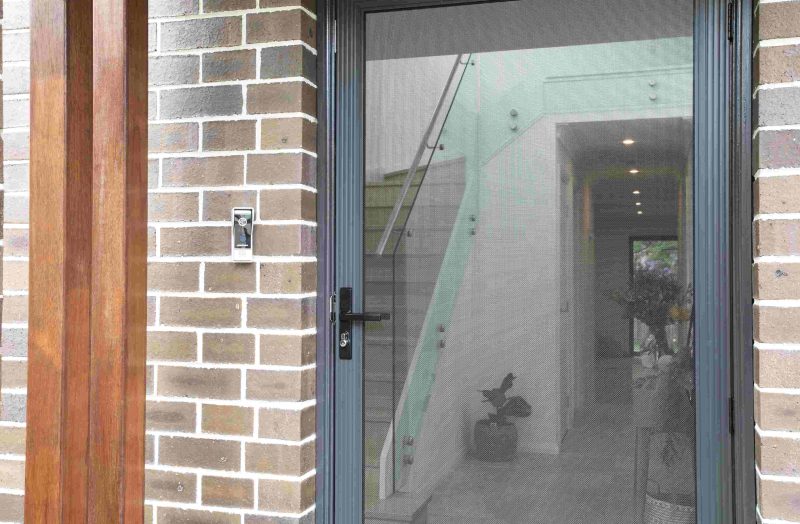8 Tips for Keeping Your Backyard Looking Vibrant in Autumn
While fiery leaves on trees are a sight to behold in autumn, fallen leaves and dead petals definitely aren’t. In autumn, it can seem that the growth in your garden is starting to slow down, however your lawn and garden are in fact busy preparing for winter. They’re storing nutrients and energy to survive the winter before fully blooming in spring.
It’ll also rain more in autumn, and the colder weather could turn outdoor objects rusty. Your backyard will start to look bleak and barren as the leaves fall and turn brown and the last blooming plant retires. However, you can keep your backyard looking great this time of year with a bit of preparation, maintenance and TLC.
1. Plant trees and flowers
Autumn is the perfect time to plant new trees and flowers. It’s a gentle cool season, allowing plants to settle in and produce many roots before the hot months ahead. Choose autumn foliage trees, plants that flower, as well as Australian native plants that provide shelter, nesting sites, and food (leaves, nectar, pollen, fruits and seeds) for native wildlife (birds, insects and mammals). These include:
- Japanese maple tree– It’s fashionable in Australian gardens and grows well in Sydney. Its leaves come in different shapes and colours.
- Liquidambar tree – A large deciduous tree that grows fast and up to 30m metres high. Its foliage ranges from yellow and orange to scarlet and purple. It grows best in Sydney.
- Claret ash tree – It has glossy green leaves that turn claret to deep purple in Autumn. It grows to about 20 metres high, and does particularly well in Sydney.
- Flowering cherry tree – It has breathtaking spring blossoms, but in cool-to-cold climates during autumn, the leaves turn bright yellow, orange and red.
- Eucalyptus tree – A tall tree that smells and tastes like mint and honey. It offers food, shelter and nesting sites for birds, insects and mammals.
- Acacia tree – Its bright yellow flowers have a strong smell that attracts birds and insects. It also provides shelter, nesting sites, and food in the form of fruit and seeds for native wildlife.
- Hakea tree – A small tree with large, smooth woody fruits or large, red globe-shaped flowers. It offers food (fruits, seeds and nectar), shelter and nesting sites for native wildlife.
- Silky oak tree – It sheds its green leaves and then grows ferny, orange bottlebrush flowers. These flowers are filled with nectar and seeds that birds feed on.
- Strawberry dogwood tree – A small tree that grows to about 10 metres high and produces large, red fruit in autumn. Birds eat the fruit and so can you.
- Perennials – It’s best to leave them alone in autumn and then cut them back in spring to promote new growth. This will help the critters that protect your lawn and garden (and the world’s food supply) to flourish.
- Plectranthus’, Ericas and Chrysanthemums – These plants flower in autumn, with purple, pink, red, orange, yellow and white flowers.
2. Replace old plants with new plants
In autumn, the soil is still warm, allowing new plants to spread their roots and establish before their growth slows down in winter. Then, they’ll bloom come spring! So, if you have any sick, struggling or old plants, replace them with new plants.
3. Water your pot plants after the rain
After a heavy rain, pot plants dry out fast. So when the rain stops, water your plants right away to keep them hydrated and looking lively.
4. Clean up fallen leaves
You can clean up fallen leaves using various tools, such as an ordinary rake, a power rake, leaf claws, a push-power leaf collector, a mulching mower or blower, and a lawn vacuum.
When raking fallen leaves, make sure to do it when it’s not windy. However, if you do pick a windy day, rake the leaves in the same direction that the wind is blowing. Also, rake when the leaves are dry, as they’re lighter than wet leaves. Pathways and high-traffic areas should be cleared of leaves regularly, but don’t rake up the rest of the yard until all the leaves have fallen. This will save you hours of work. You can also save time by raking the leaves into small piles onto a tarp and then dragging that pile to your main pile or compost. Once you’re done, pour the leaves into bags and throw them in the bin.
5. Mow and fertilise your lawn
You should mow your lawn regularly to keep it healthy and vibrant. But make sure each blade of grass is around 7cm high to help lock in moisture. What’s more, grass clippings act as a natural, organic fertiliser, so leave a third of them on your lawn. Fertilising your lawn will help it recover from any damage it sustained from the summer sun, as well as prepare it for winter by storing up nutrients.
6. Remove weeds
Apply an organic weed killer on the weeds and they won’t come back next spring. When buying an organic weed killer, look for citrus or corn gluten in the ingredients. Or, you can make your own natural weed killer, by diluting vinegar in water if your lawn is sensitive, or by using the vinegar on its own if your lawn is tough and sturdy. Then, apply the solution to the weeds until you’ve completely killed them.
7. Apply mulch to your garden
Mulching not only retains soil moisture and prevents soil erosion, it also improves soil quality for healthy plant growth. You can make your own mulch by raking fallen leaves before they become wet and sticky, and then chopping them up into tiny pieces. You’ll need about 7cm of deep mulch to sprinkle around your garden.
8. Cover outdoor objects with utility boxes
You can prevent outdoor objects from getting wet and rusty by covering them withSP Screens new aluminium slat screens. These can be custom made to make utility boxes to cover bins, gas bottles, air conditioning units, pool filters, and more.
Enjoy your backyard in Autumn
Once you’re done with planting and fixing your lawn, you can sit back, relax and enjoy your backyard. You can also enjoy the view of your beautiful backyard while inside by installing screen doors. This connection between the indoor and outdoor is a great way to feel more in touch with nature and watch the seasons change.






Share